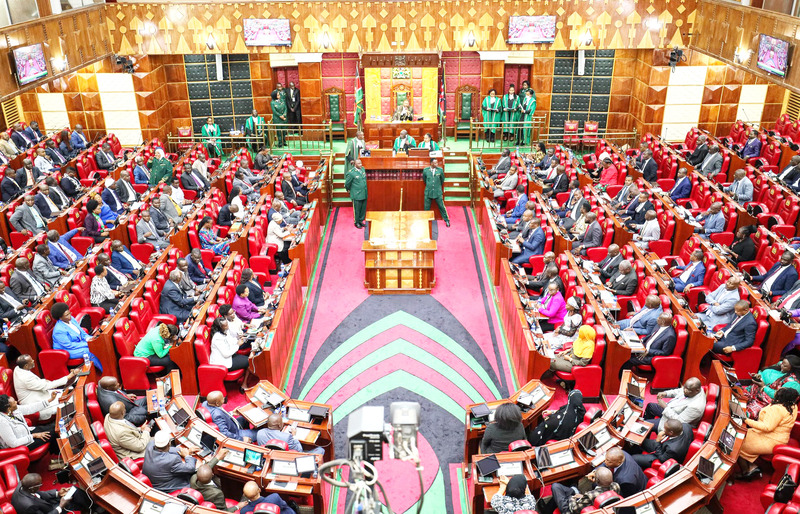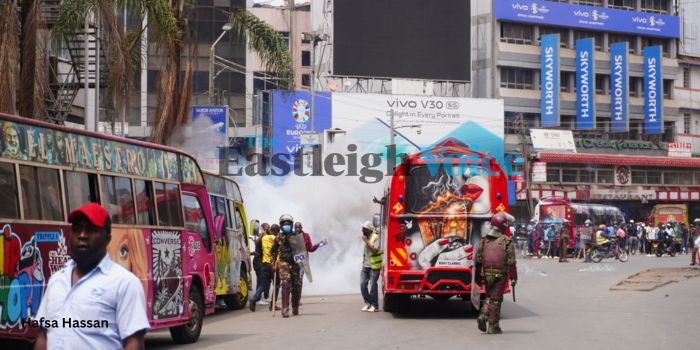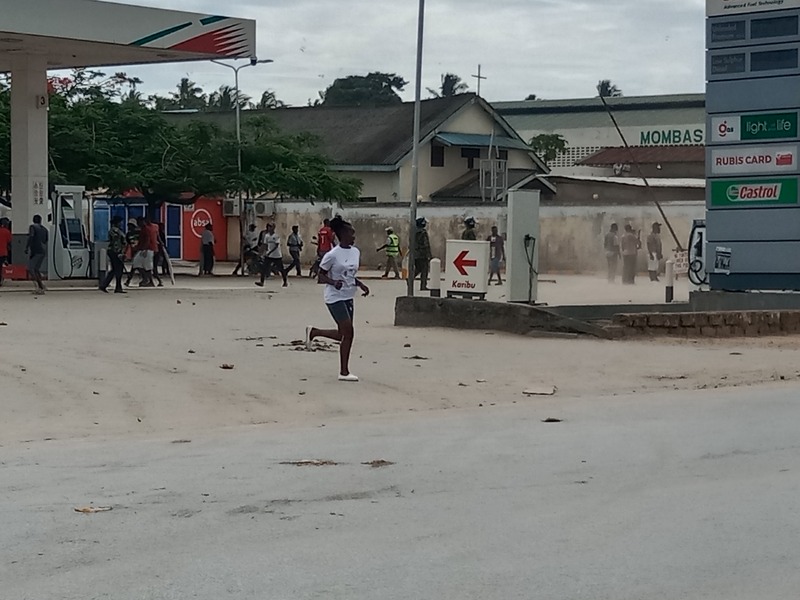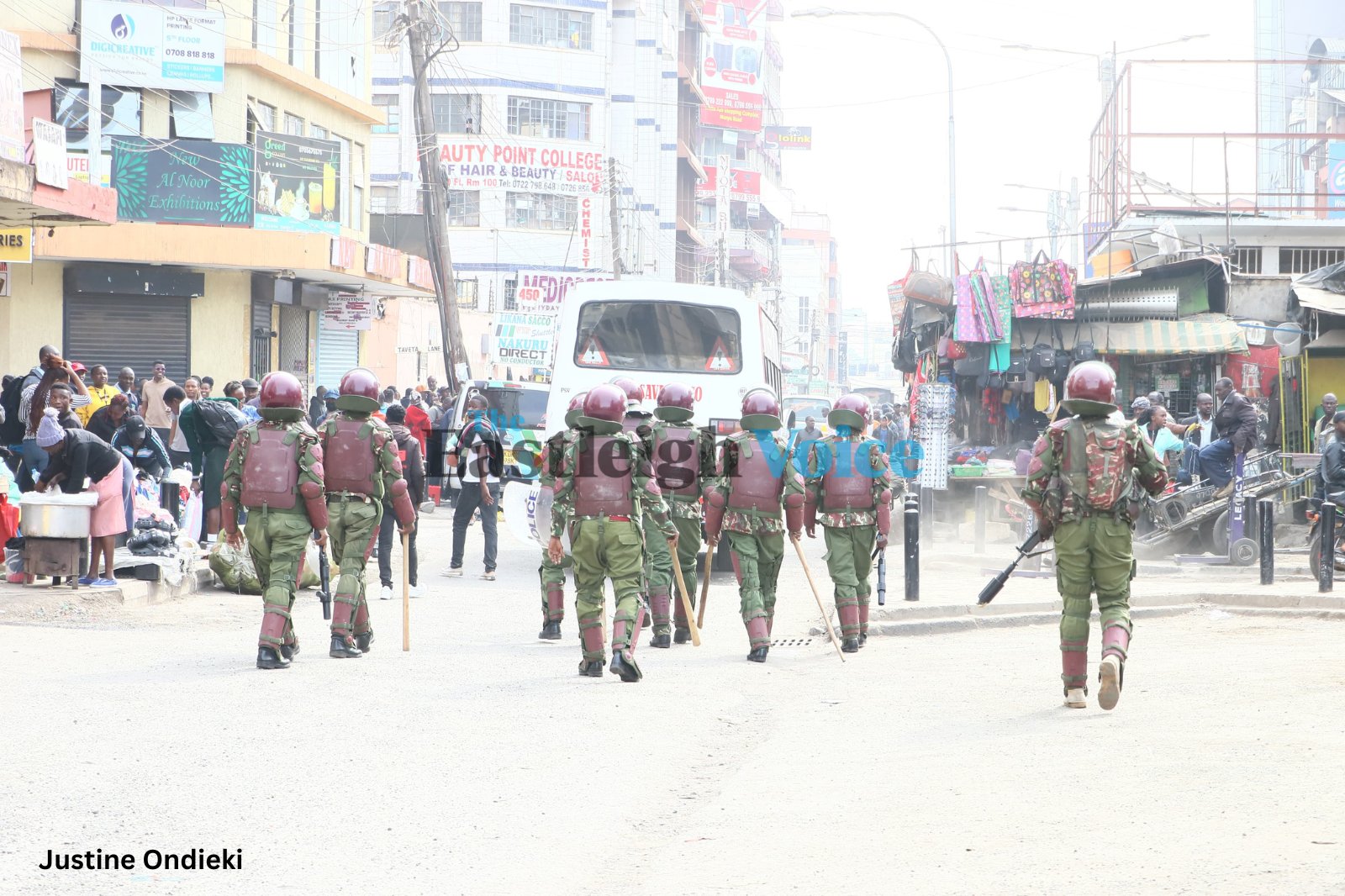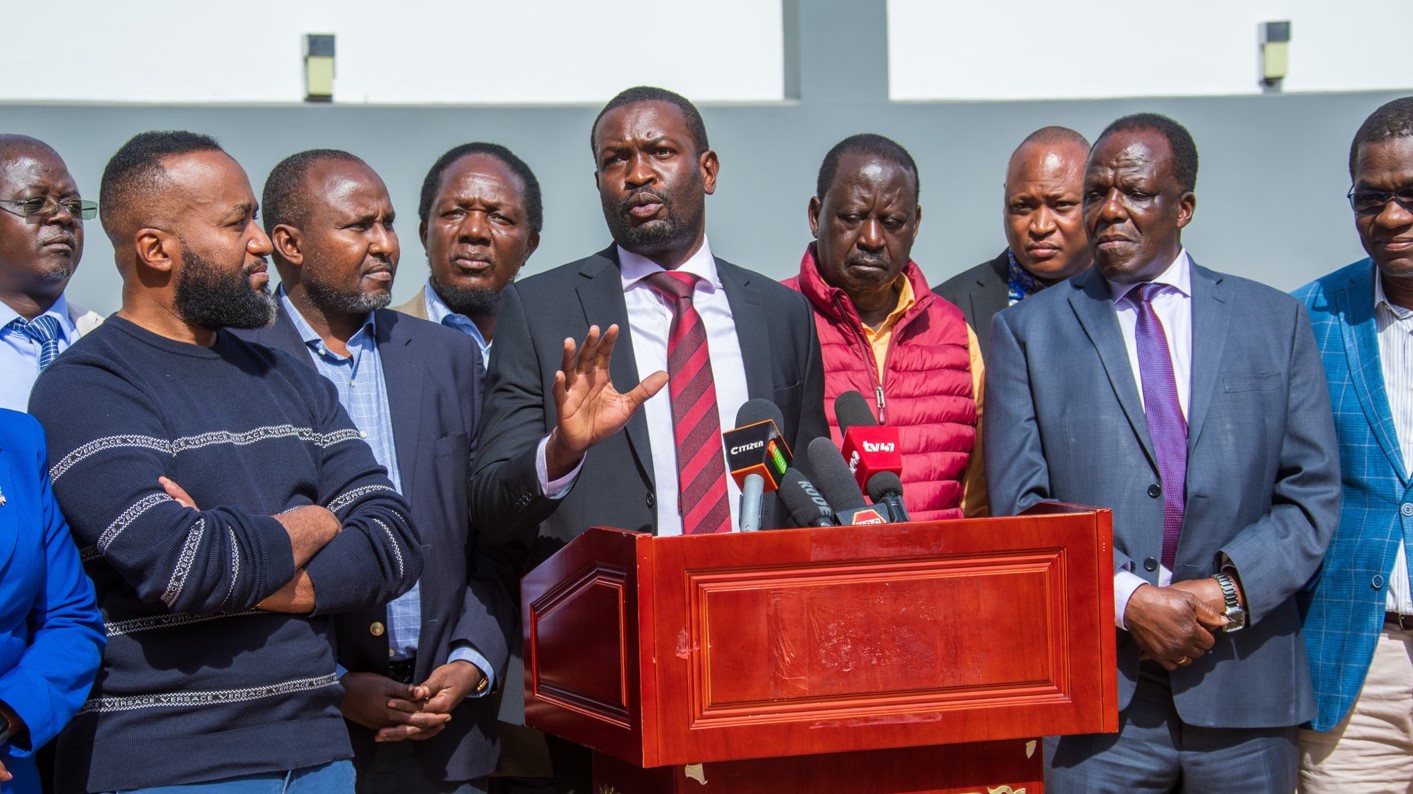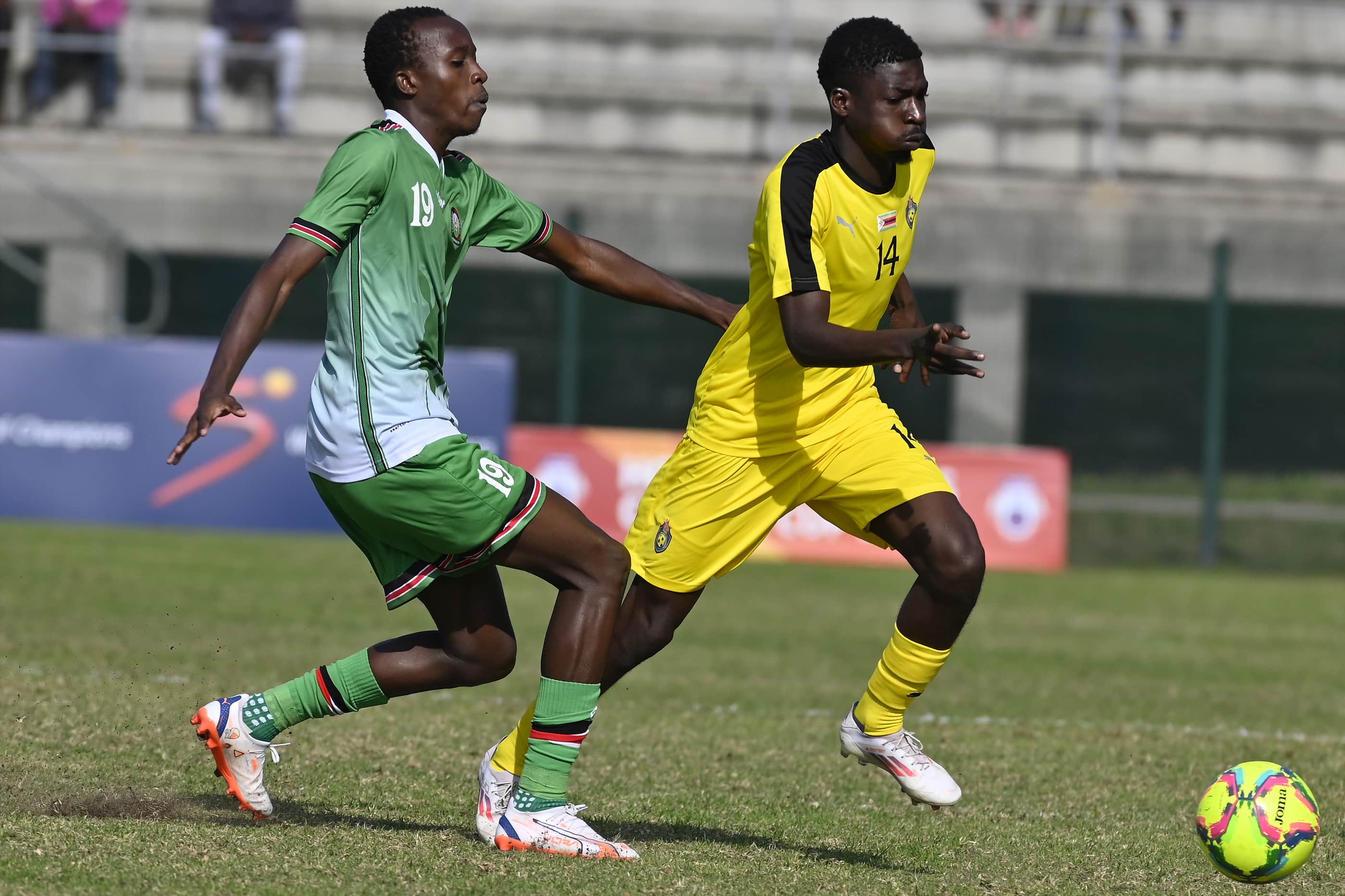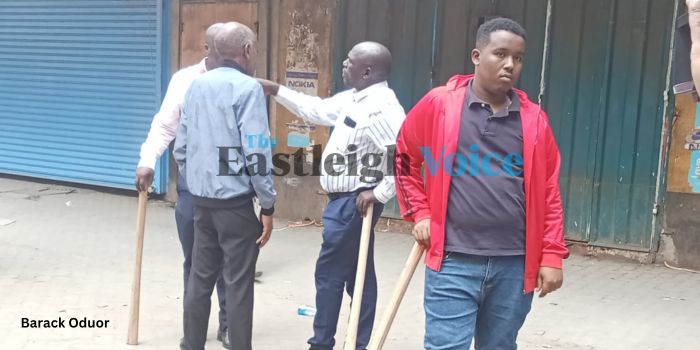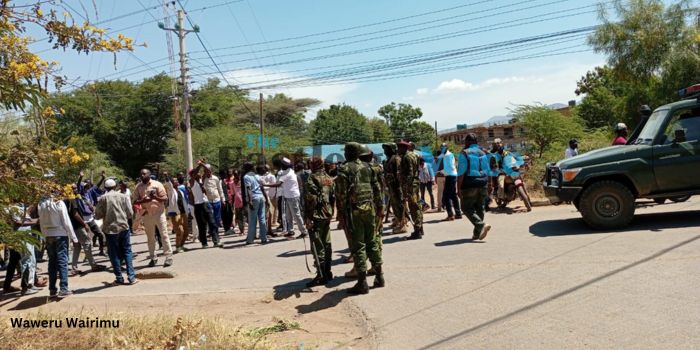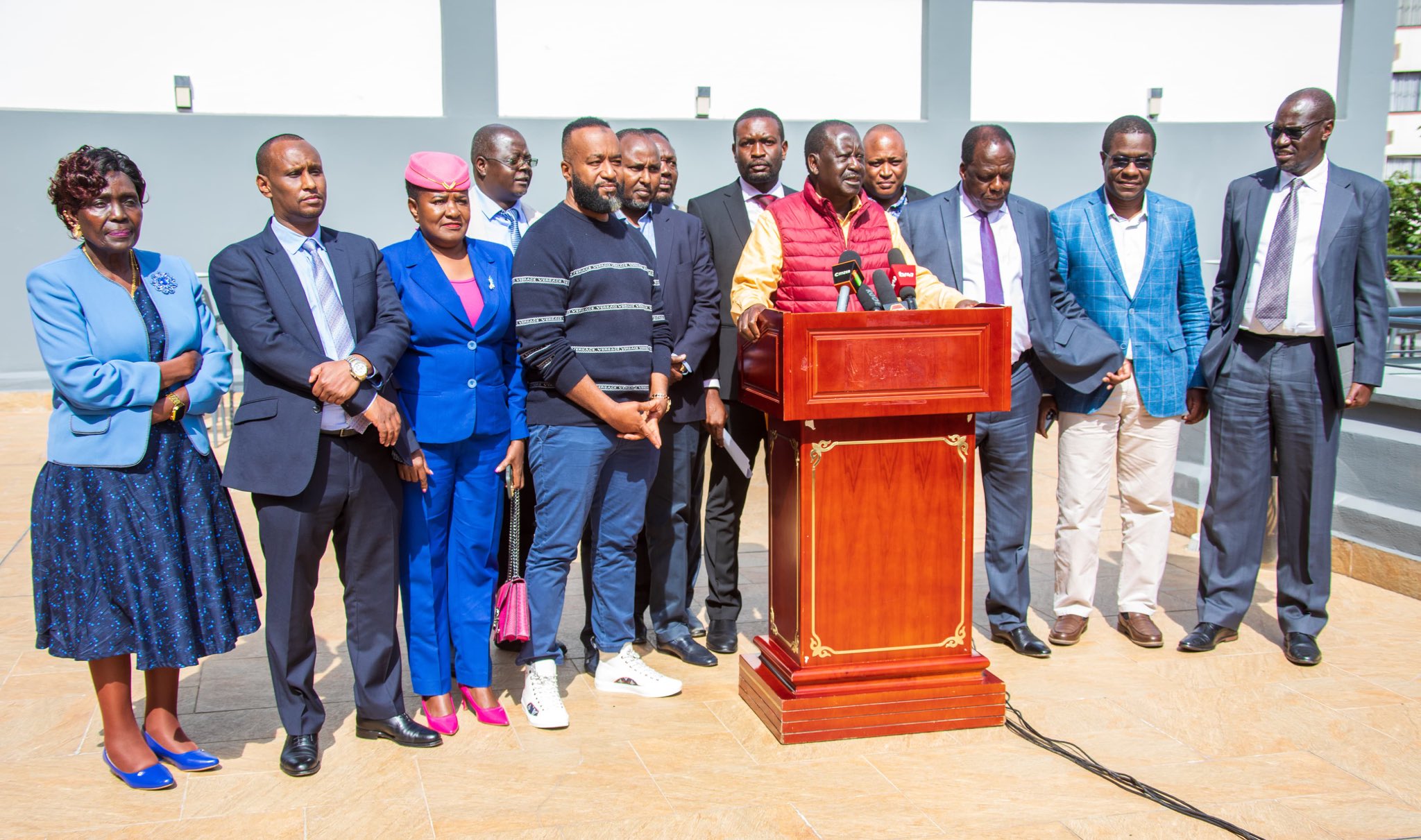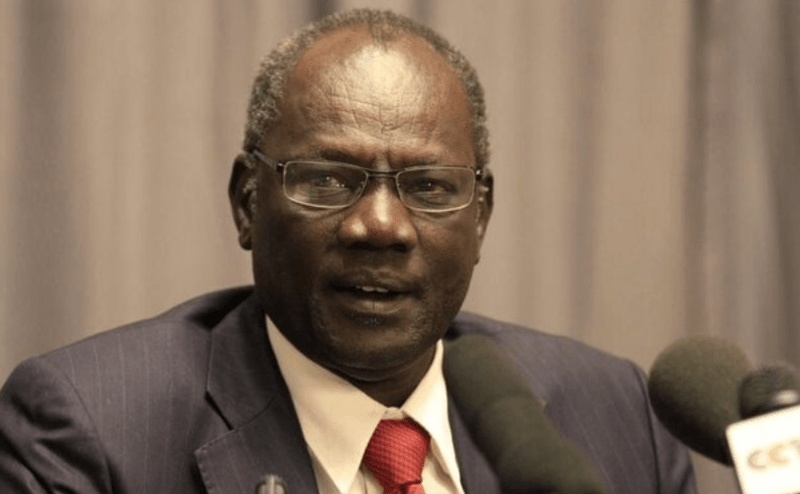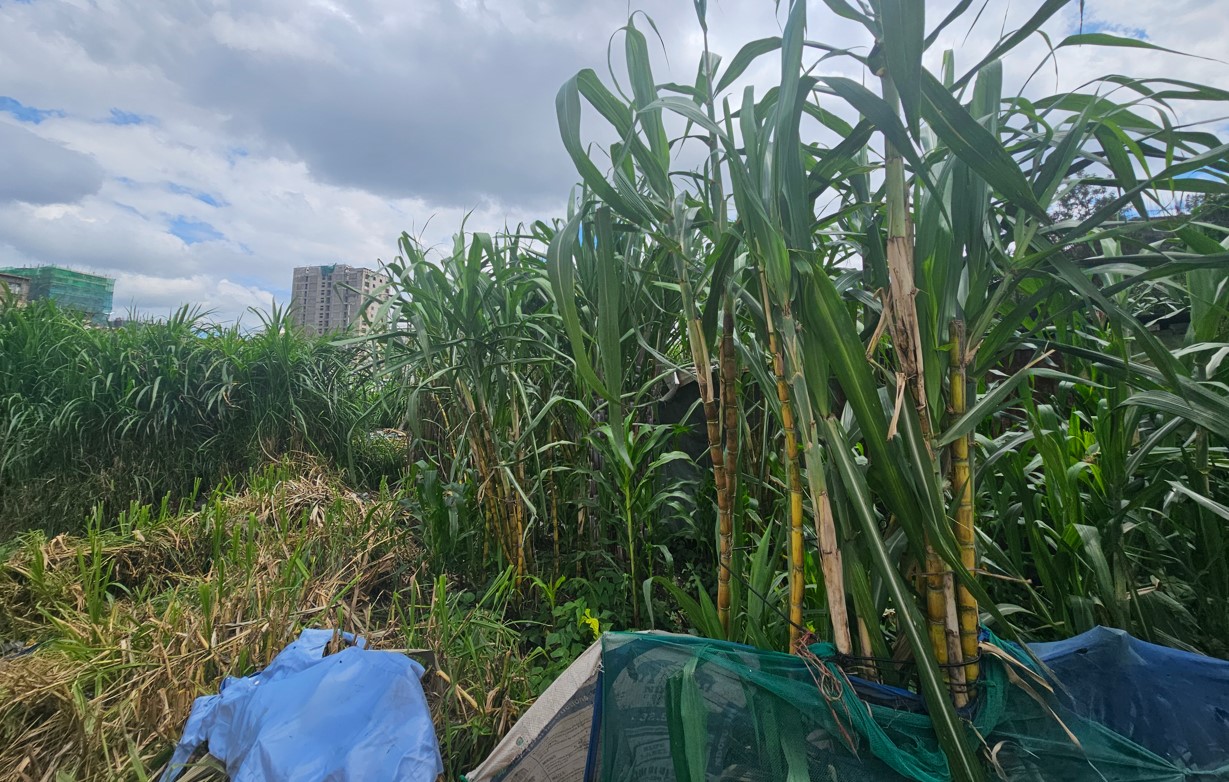Ministry urges boost in funding for marginalised boarding schools
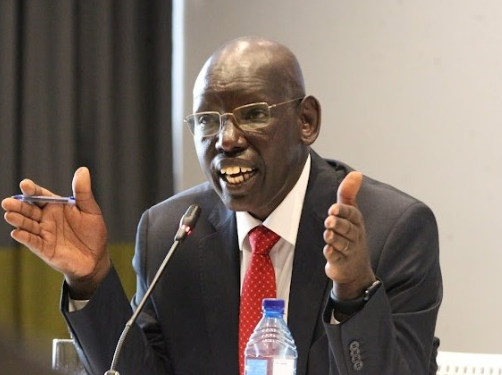
By Lucy Mumbi |
The government established the low-cost boarding primary schools (LCBPs) in the ASAL regions and pledged to provide boarding facilities, food items and all other supplies, while the parents provide students with personal effects to operationalise the LCBPs initiative.
The Ministry of Education has urged the government to increase the low-cost boarding school programme budget.
The programme is aimed at focusing on marginalised students and those facing cultural challenges like Female Genital Mutilation (FGM) and early marriages in ASAL areas.
Keep reading
According to Education Principal Secretary Belio Kipsang, the budget for the programme has stagnated at Sh400 million for the past five years, hindering its progress.
Appearing before the National Assembly Departmental Committee on Education to answer questions on the status of the Edu Afya programme, school feeding programme and low-cost boarding schools, Kipsang pleaded with the Members of Parliament to increase funding to enhance the programme.
“There is a need for increased funding to accommodate a growing number of students and expand to urban areas with vulnerable children,” Kipsang said.
He said the schools are underfunded and are currently reeling under the effects of climate change and food insecurity, which is influencing enrolment.
The government established the low-cost boarding primary schools (LCBPs) in the ASAL regions and pledged to provide boarding facilities, food items and all other supplies, while the parents provide students with personal effects to operationalise the LCBPs initiative.
According to the programme, each student is supposed to be allocated Sh4000 annually to cater for operational costs.
Some of the counties that were to benefit from the programme include; Mandera, Wajir, Ijara, Garissa, Moyale, Marsabit and Isiolo.
In 2021, an assessment report by the National Council for Nomadic Education in Kenya (NACONEK) revealed the dire situation of education in the ASAL areas.
The report noted that most low-cost boarding schools have inadequate learning and teaching resources needed for modern education.
Only 65 per cent of the schools received regular grants and 88 per cent indicated that the grant did not match enrolment.
Further, 76 per cent of the schools had inadequate and unsafe facilities, with learners, especially boys, sharing beds while others slept on the floor.
According to the report, most counties' restrooms were inadequate, and hostile, particularly for persons living with disabilities, and lacked safety and privacy.
Handwashing facilities were inadequate in about 53 per cent of the schools, while 57 per cent of others did not have clean bathrooms. Water supply was inadequate in 62 per cent of the institutions.
Nutrition and health also proved a challenge to many of the low-cost boarding schools, with the majority failing to provide a balanced diet to their learners. At least 20 per cent of the schools lacked secure and safe food storage facilities.

